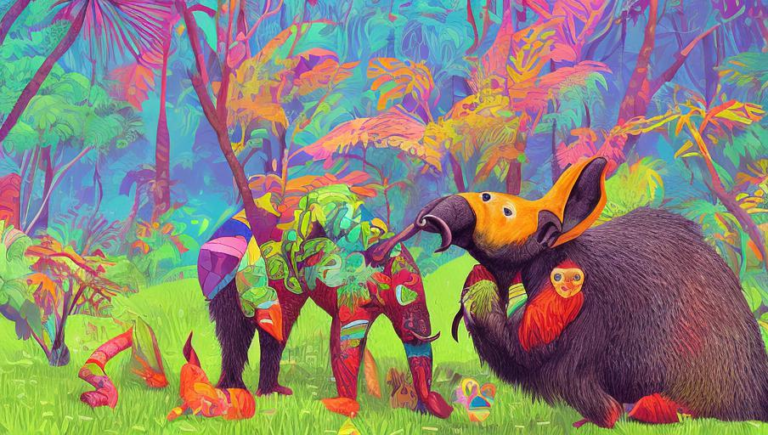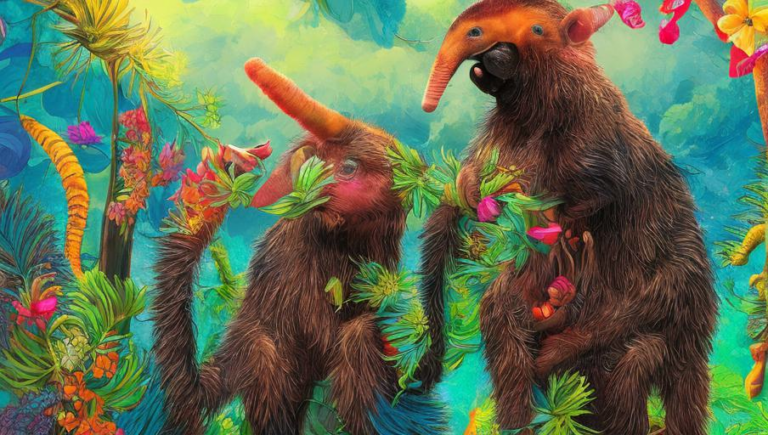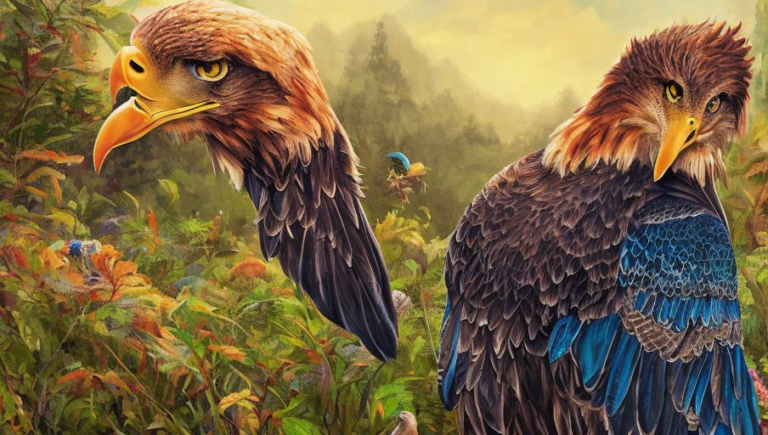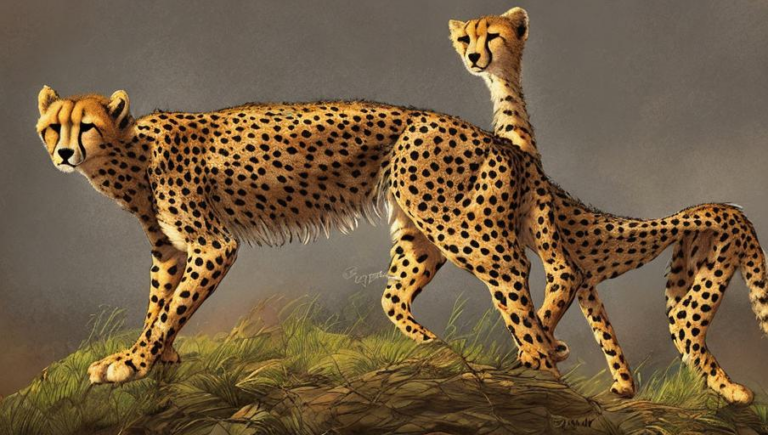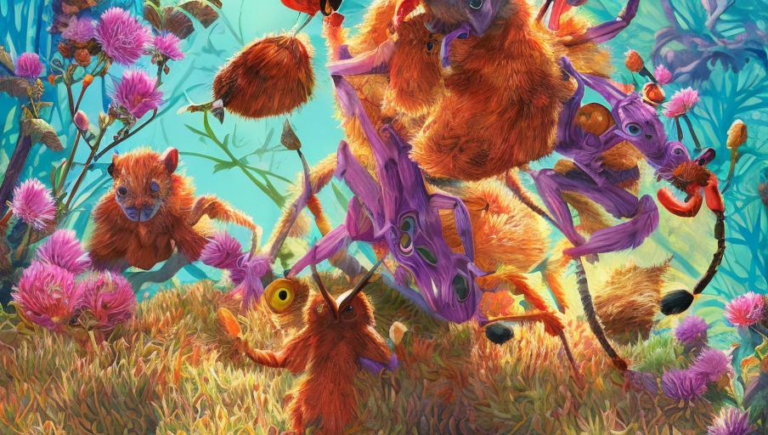Zigzagging Through the Different Types of Bats
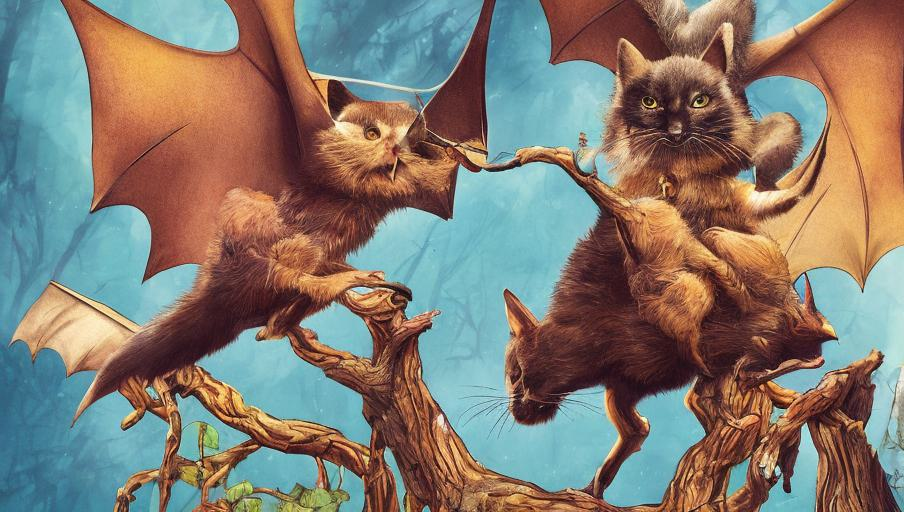
Introduction
Bats are an incredibly diverse group of mammals, with more than 1,200 species around the world. From tiny, mouse-sized bats to large fruit bats with a wingspan of up to 5ft, bats come in all shapes and sizes. As the only mammals capable of true flight, bats have become incredibly successful, with some species living in almost every part of the globe. While many bats are nocturnal, some species are also active during the day. In addition, bats have specialized diets and behaviors, making them one of the most interesting and diverse groups of animals on the planet.
Adaptations & Lifestyle
Bats have several adaptations that make them well-suited to life in the air. They have powerful wings, allowing them to remain airborne for long periods of time. They also have highly sensitive hearing, allowing them to navigate in the dark and locate their prey. Furthermore, bats have special teeth and claws that allow them to cling to surfaces, such as the walls of caves and trees. These adaptations have enabled bats to occupy a wide variety of habitats, from deserts and rainforests to cities and suburbs.
Hunting & Feeding Habits
The majority of bats are insectivores, meaning they feed on a variety of insects. Some species of bats, however, have adapted to feed on nectar, fruit, or even small animals such as frogs and lizards. Bats use echolocation to locate their prey, sending out high-frequency sounds and listening for the echoes to determine the location of the prey. This ability allows bats to hunt even in complete darkness.
Reproduction & Social Behavior
Bats reproduce via internal fertilization, and typically give birth to a single pup per year. Some species of bats form large colonies and live together in caves or other sheltered areas. These colonies can range in size from a few hundred to millions of bats. Bats are highly social animals, and within colonies, they are known to groom and feed each other, and even play together.
Threats & Conservation
Unfortunately, many bat species around the world are threatened with extinction due to a number of factors, such as habitat loss, hunting, and the introduction of invasive species. In addition, White-Nose Syndrome is a fungal disease that has decimated large populations of bats in North America. Conservationists are working hard to protect bat populations and their habitats, and to raise awareness of the importance of bats to our ecosystems and our planet.
Conclusion
Bats are fascinating creatures, with a wide variety of adaptations that make them perfectly suited to life in the air. From their specialized diets to their social behavior, bats are just as unique as any other animal on the planet. Despite the threats they face, conservationists are working hard to protect bats and their habitats, ensuring that these amazing creatures continue to play an important role in our ecosystems.
